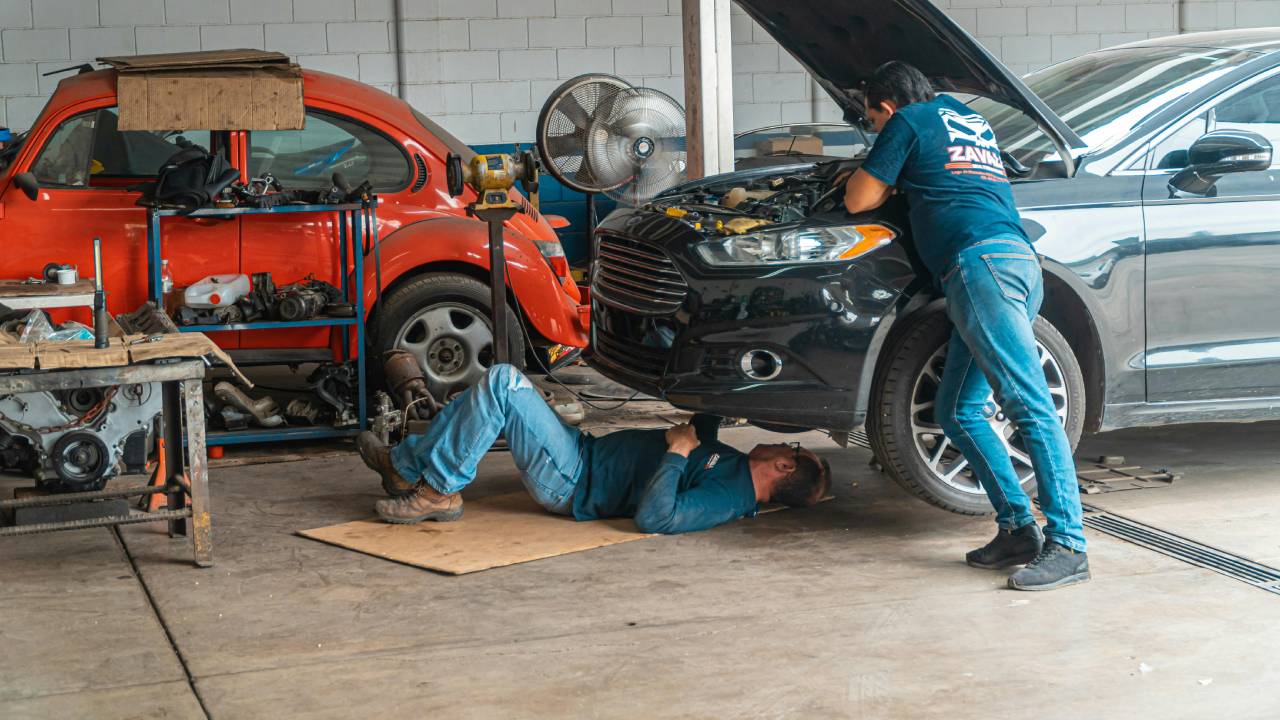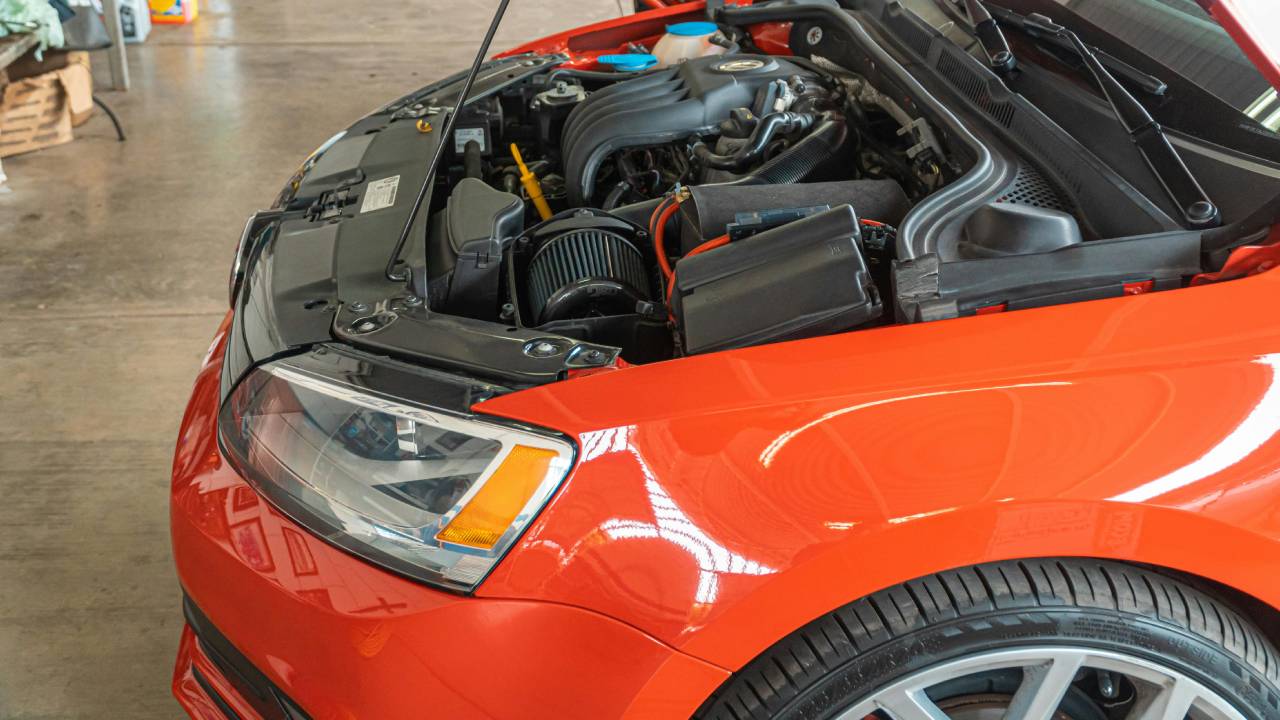When it comes to vehicle maintenance and repair, finding the right parts is essential to keep your car running smoothly and safely. For many, the thought of buying used auto parts brings a mix of excitement and apprehension. Why? Used parts can save you money and reduce environmental waste, but only if you know how to identify quality options.
Whether you’re a car enthusiast, a DIY mechanic, or just a savvy vehicle owner, this guide will walk you through everything you need to know to confidently shop for used auto parts that perform as well as new ones.
Why Consider Used Parts for Your Vehicle?
When done carefully, buying used vehicle parts can be a smart choice for many reasons. Here are a few key advantages to keep in mind:
- Cost Savings: Used parts are often available at a fraction of the cost of new parts. For expensive components like transmissions or alternators, the savings can be significant.
- Eco-Friendly: Opting for used parts helps reduce waste and promotes recycling, making it an environmentally responsible choice.
- Access to OEM Components: Original Equipment Manufacturer (OEM) parts often have better quality and fit compared to aftermarket parts. Used OEM parts can be a great alternative when new OEM options are unavailable or too expensive.
That said, choosing quality used parts requires due diligence. Below, we’ll explore how to find reliable sellers, inspect items for quality, and make informed purchases.
Understanding the Market for Used Parts
Knowing when to choose used parts over new ones is your first step. Here’s what you need to consider before scrolling through online marketplaces or heading to your local salvage yard.
When Are Used Parts a Good Idea?
- Unavailability of New Parts: If a vehicle model is older or discontinued, finding new parts can be a challenge. Used parts can bridge the gap.
- Budget Constraints: Used parts make financial sense if you’re looking to minimize repair expenses without compromising your vehicle’s functionality.
- Specific Car Projects: Classic car restorations or DIY projects often involve sourcing rare or discontinued parts, which are more likely to be available used.
Things to Watch Out For
Before committing to a used part, weigh the risks. For example, certain components like brake pads or airbags should almost always be purchased new to ensure optimum safety and performance.
Identifying Reliable Sellers
Even the highest-quality used part is worthless if you buy it from an unreliable source. Here’s how to avoid disappointment and wasted money.
Finding Reputable Sellers
- Local Salvage Yards: Many salvage yards are professionally managed, with parts cataloged and tested for quality.
- Online Marketplaces: Platforms like eBay or specialized auto parts websites often include buyer reviews and seller ratings to help you make informed choices.
- Specialized Shops: Shops specializing in used car parts are another good option, particularly for rare or high-value parts.
Red Flags to Avoid
Keep an eye out for the following warning signs when dealing with used part sellers:
- Lack of Return Policy: A reputable seller should offer at least a limited return window.
- Unverified Reviews: Reviews that seem fraudulent or overly vague may indicate unreliability.
- Missing Documentation: Genuine parts often include a serial number or a manufacturer’s label. If these are missing, tread carefully.
Assessing the Quality of Used Parts
You’ve found a promising part—now what? Here’s a checklist to help you assess its quality and compatibility before you make a purchase.
Inspection Tips
- Check for Damage: Look for cracks, dents, or excessive rust. These could indicate wear and tear that affects functionality.
- Test Moving Parts: For components like alternators and starters, make sure they operate smoothly.
- Review Service History (if available): Knowing how an item was previously used and maintained can offer insights into its longevity.
Confirm Compatibility
An often-overlooked step is confirming the part will fit your vehicle. Here’s how:
- Match the VIN: Your Vehicle Identification Number (VIN) can be used to confirm compatibility with the part you’re considering.
- Consult the Manual: Your car’s owner manual usually lists exact fitting specifications for both OEM and aftermarket parts.
- Ask the Seller: Verify with the seller that the part is from a car similar to yours in make, model, and year.
Making the Purchase
You’ve done your research and inspections, and you’re ready to purchase. Here are some final tips for ensuring a smooth transaction.
Negotiating the Price
Don’t hesitate to negotiate! Many sellers are open to haggling, especially for parts with moderate wear. However, be realistic in your expectations, and avoid lowball offers that might offend a reputable seller.
Understanding the Return Policy
Reputable sellers typically provide a return or exchange window, especially for key components like engines or transmissions. Review the policy carefully to avoid being stuck with a non-functional part.
Additional Tips for Smooth Transactions
- Request Pictures: When buying online, always request clear, close-up photos of the part.
- Get a Receipt: Always obtain a receipt or invoice for record-keeping, especially if the part purchase comes with a warranty.
- Test Immediately: Upon receiving the part, test it as soon as possible to ensure it works as intended.
Step Into Confidence
Finding quality used parts may seem like a daunting task at first, but armed with the right knowledge, you’ll become a pro in no time. Whether you’re maintaining your daily driver or embarking on a restoration project, these tips should help you make informed choices, save money, and keep your vehicle running seamlessly.
And remember—your experience matters! Share your tips and stories with the community, and help other car enthusiasts and DIYers along their journeys. Got specific topics you’d like to see us cover? Drop a comment or send us a message—we’d love to hear from you!

